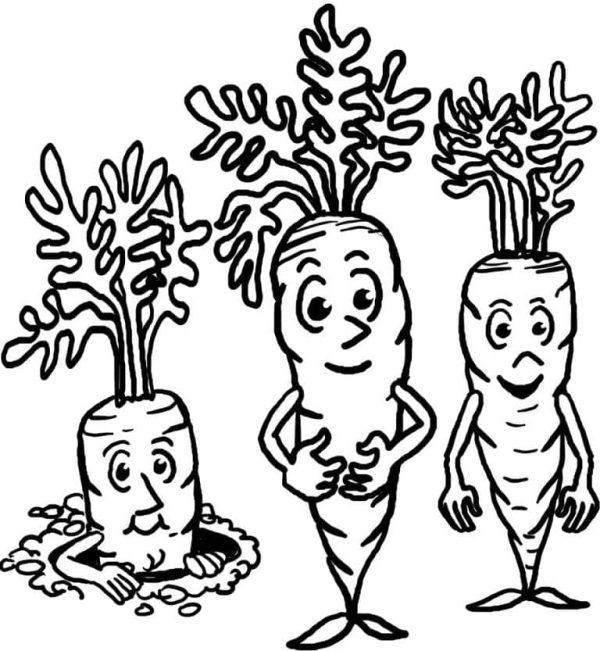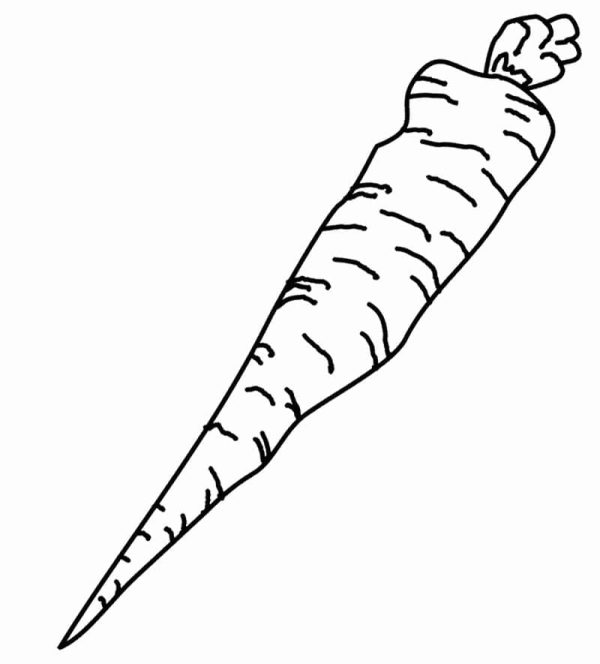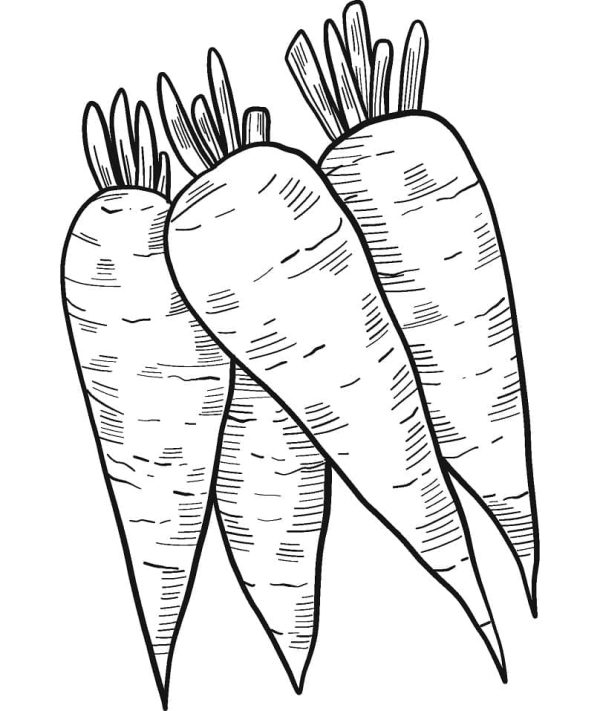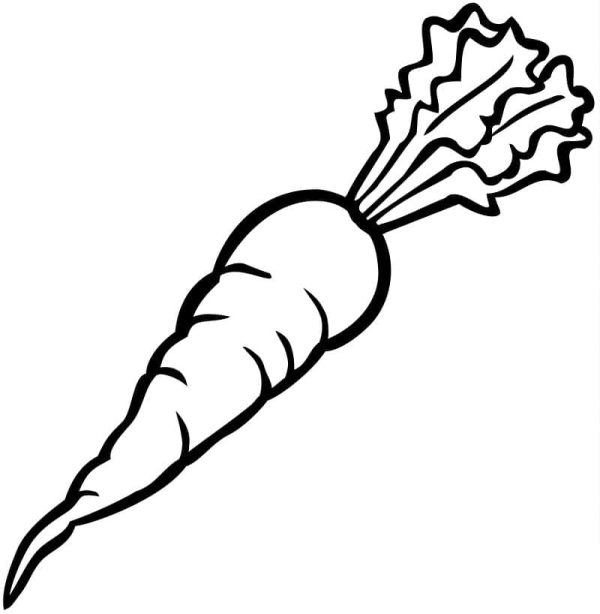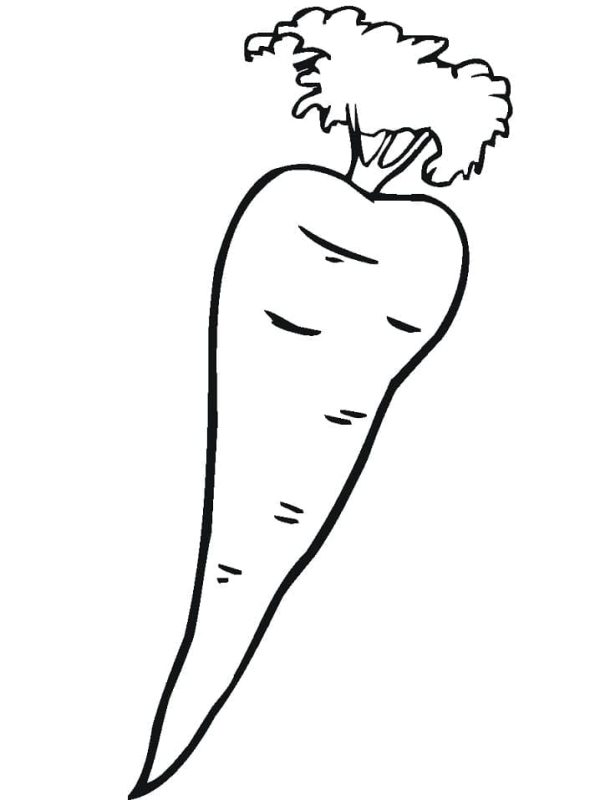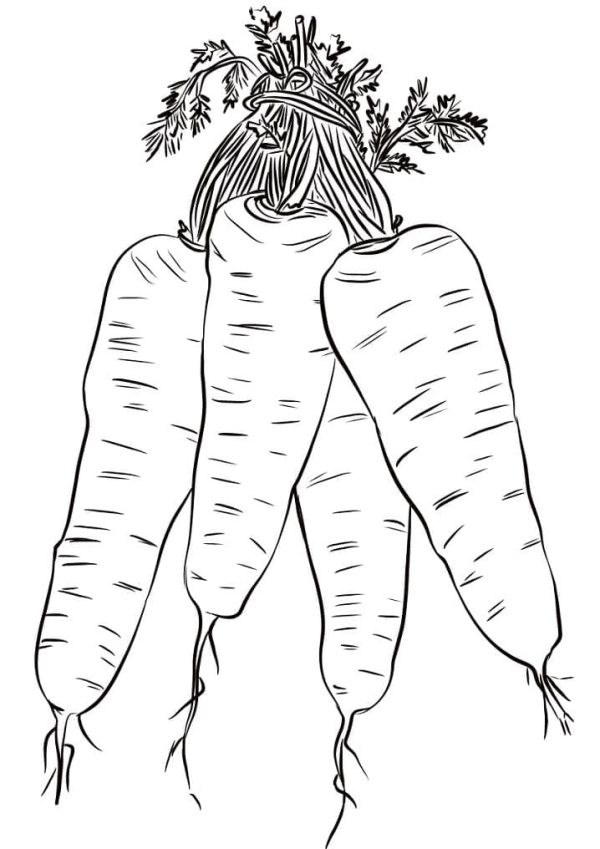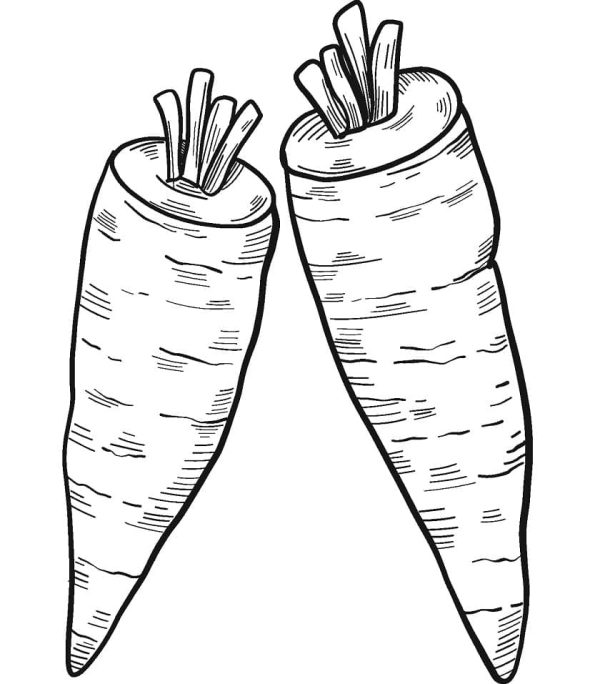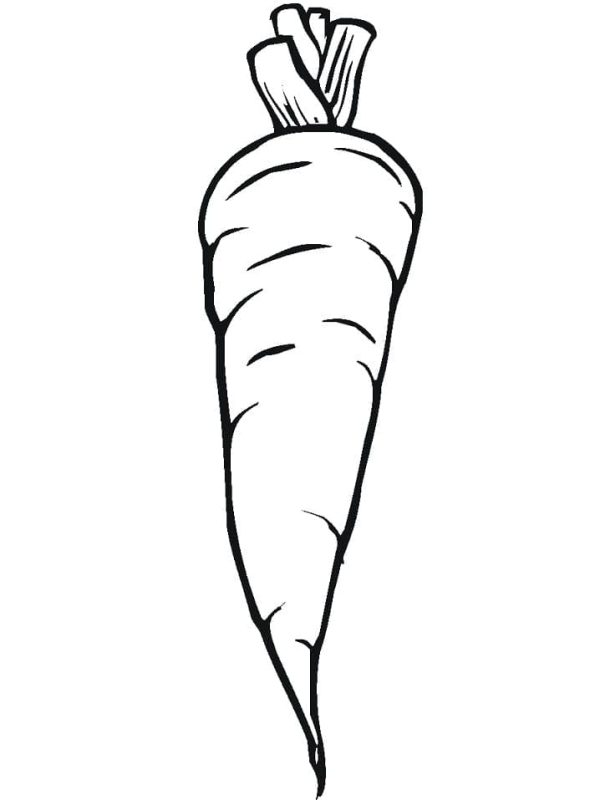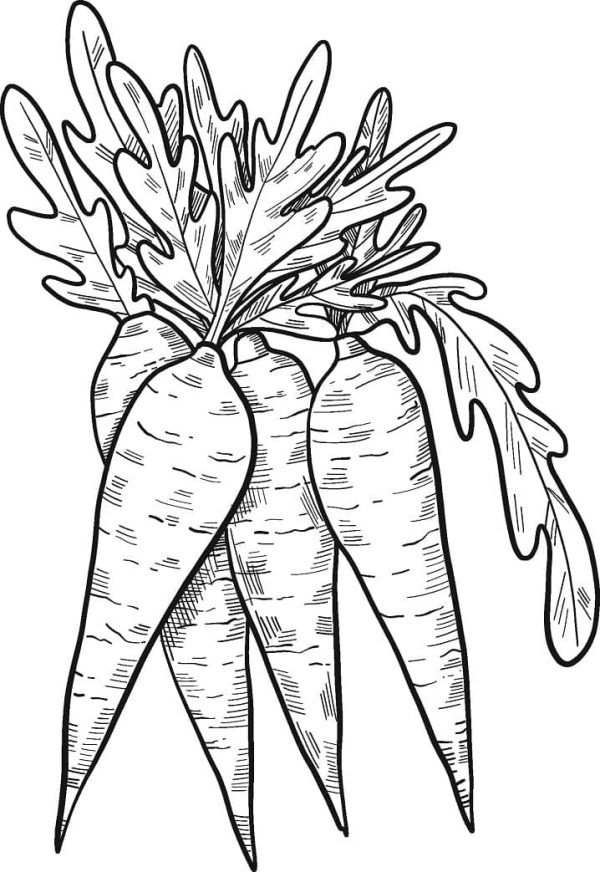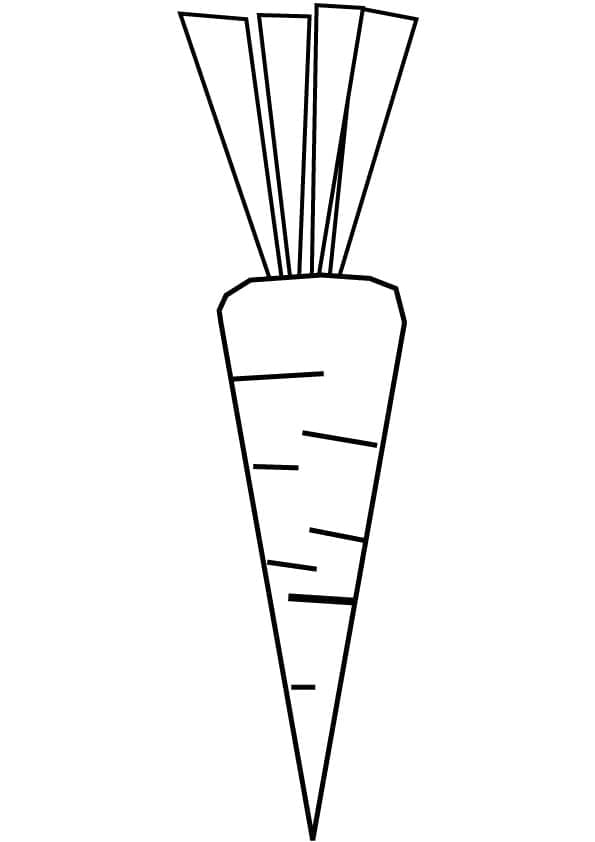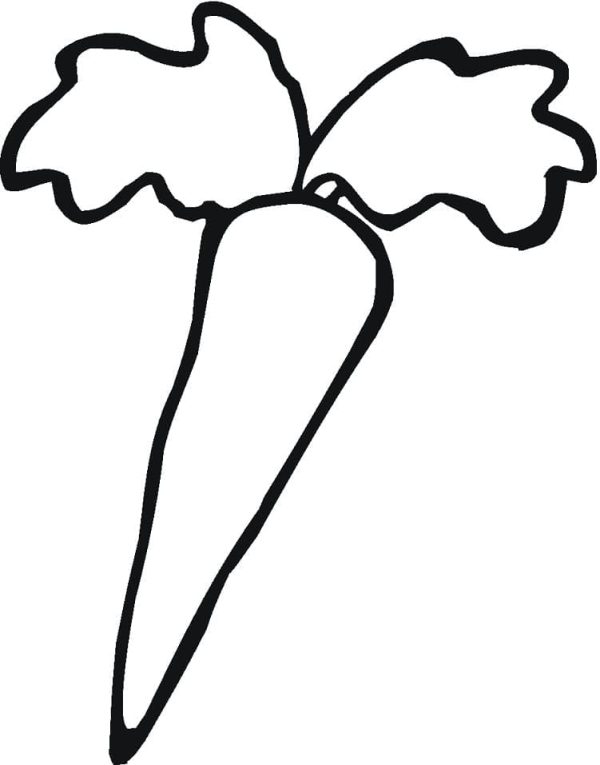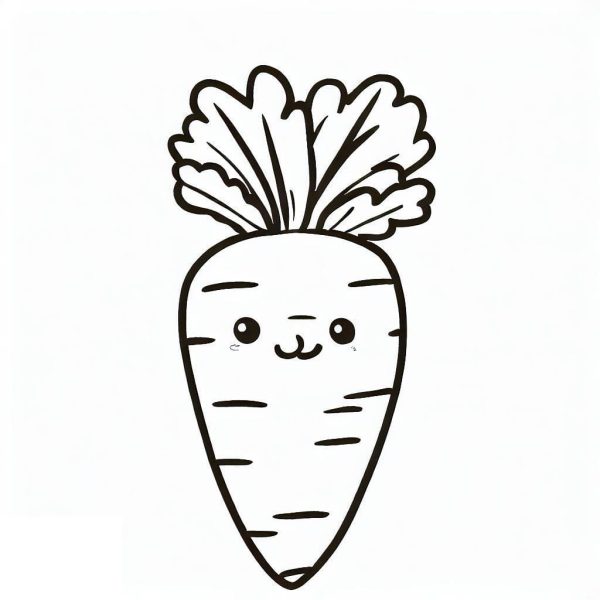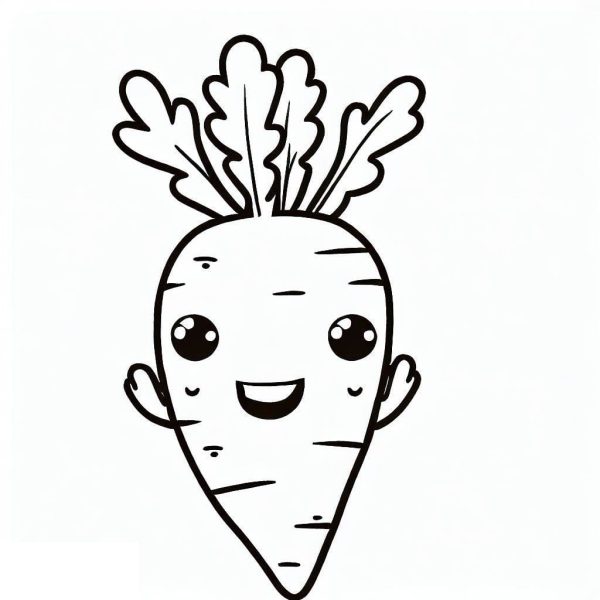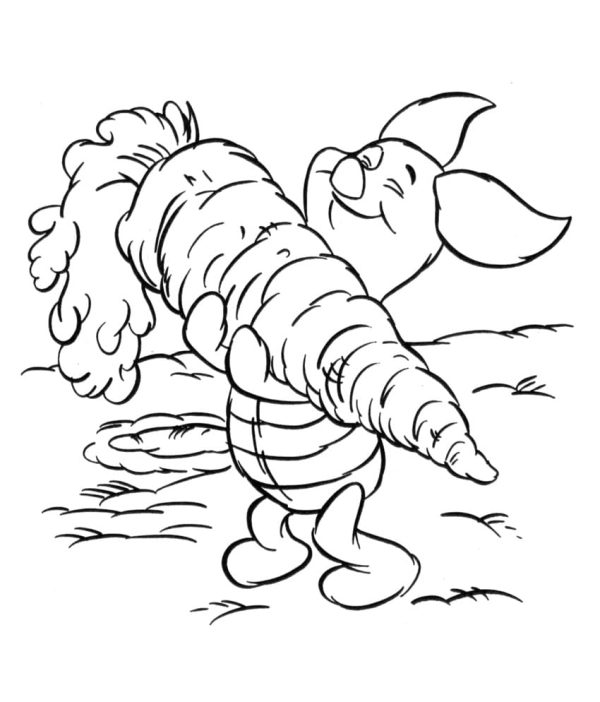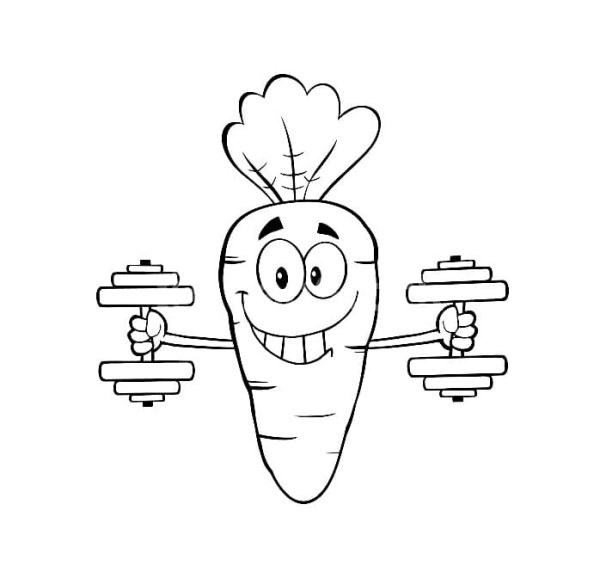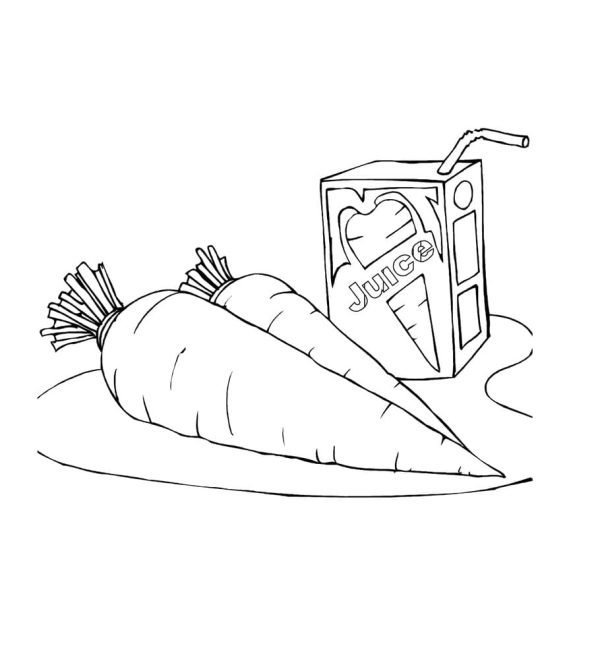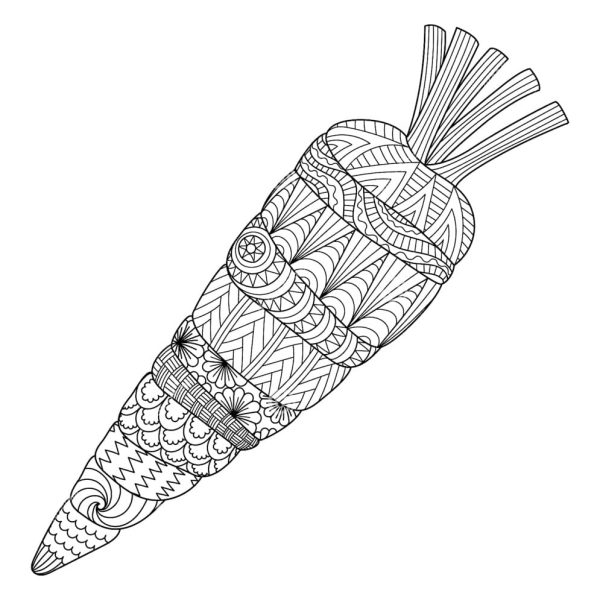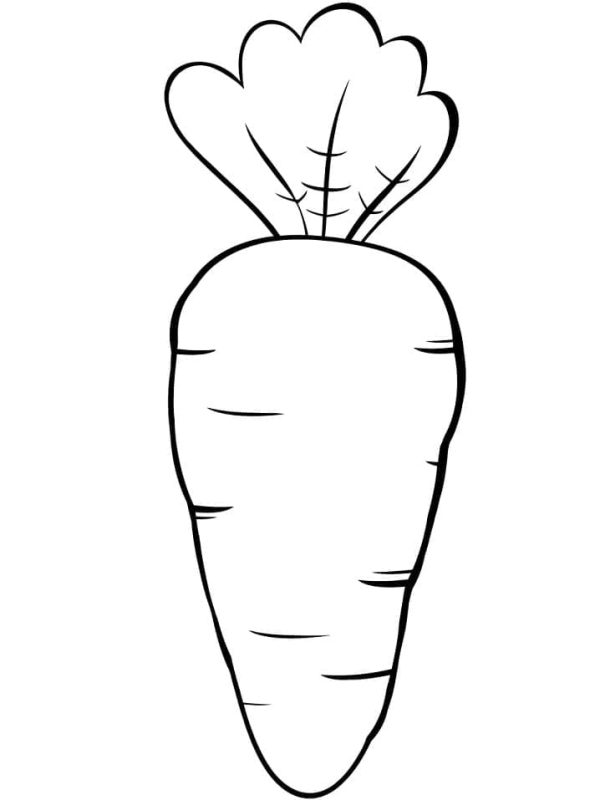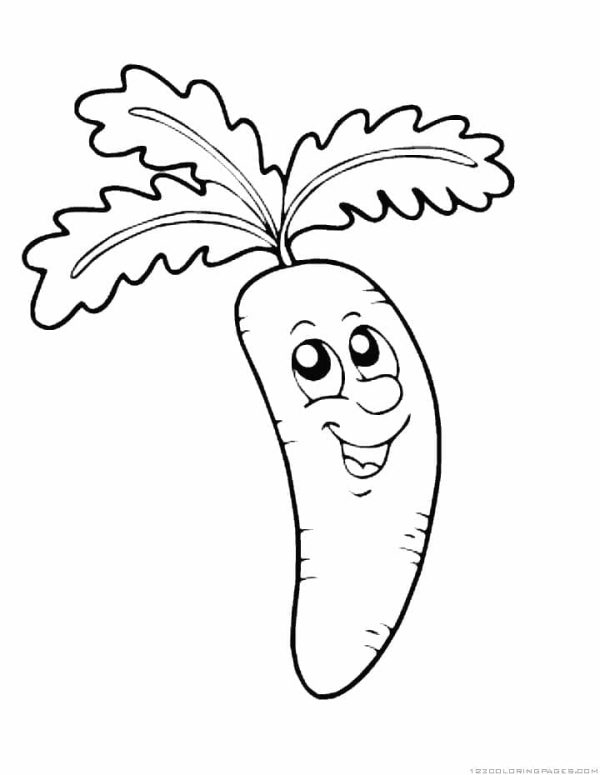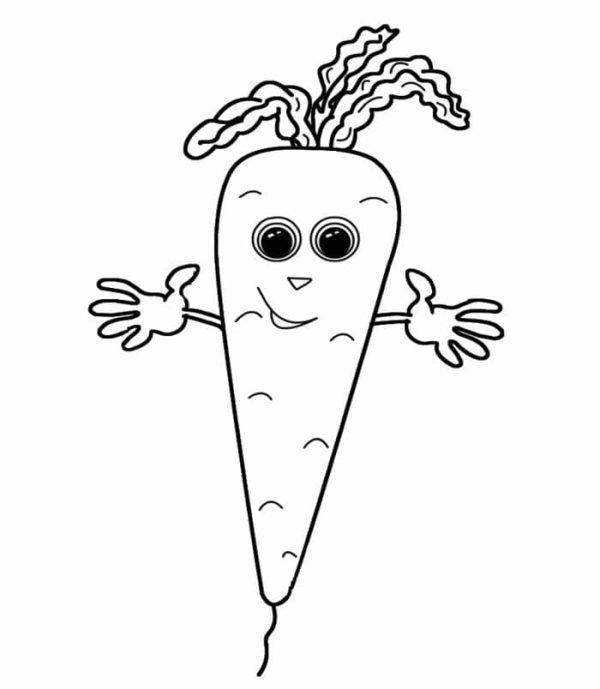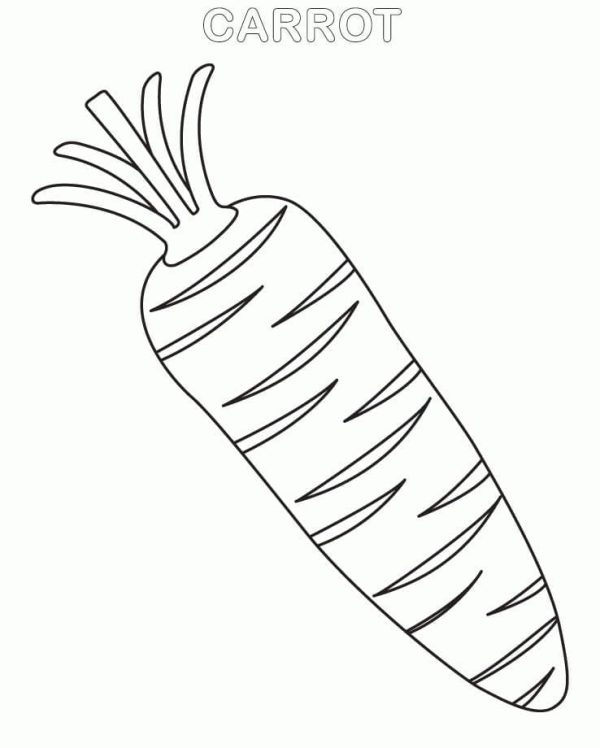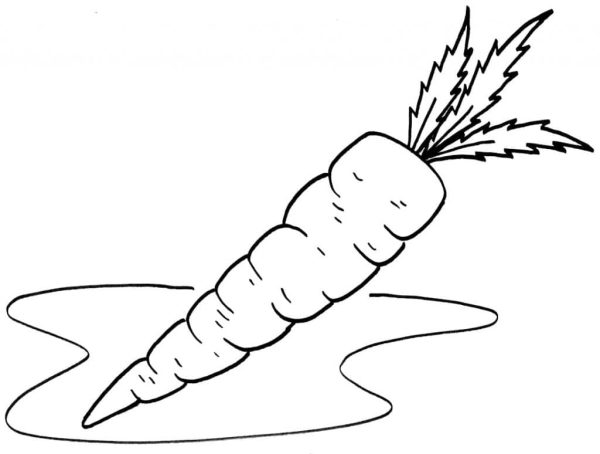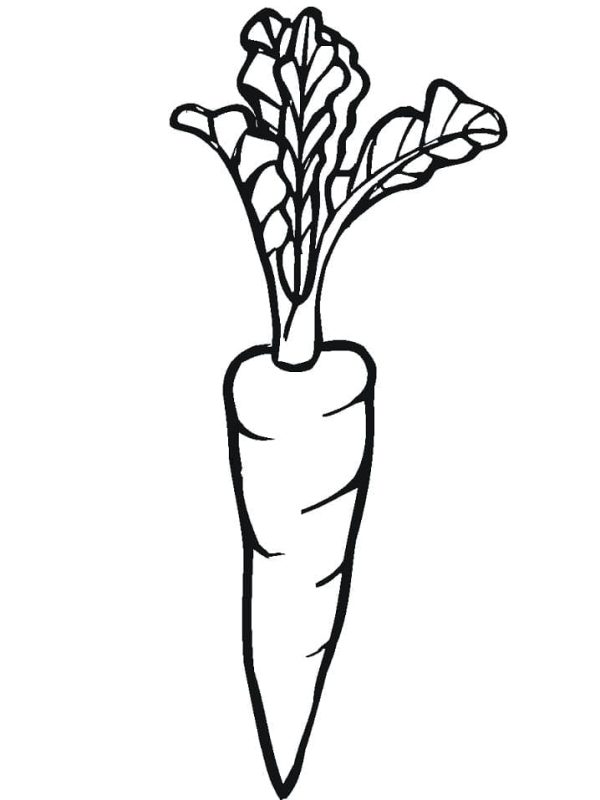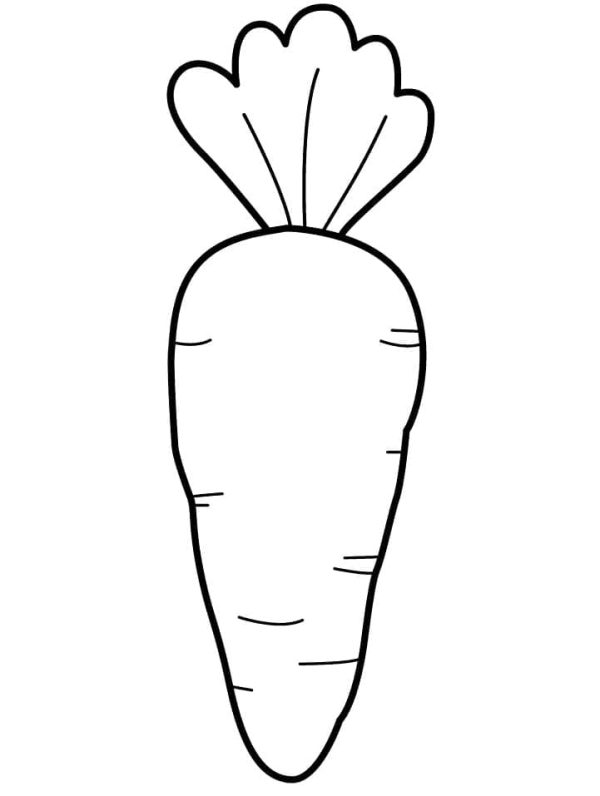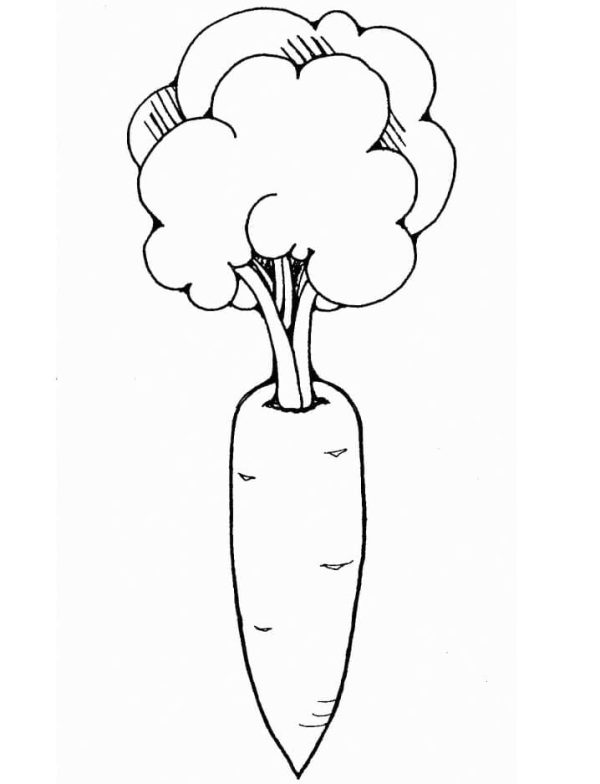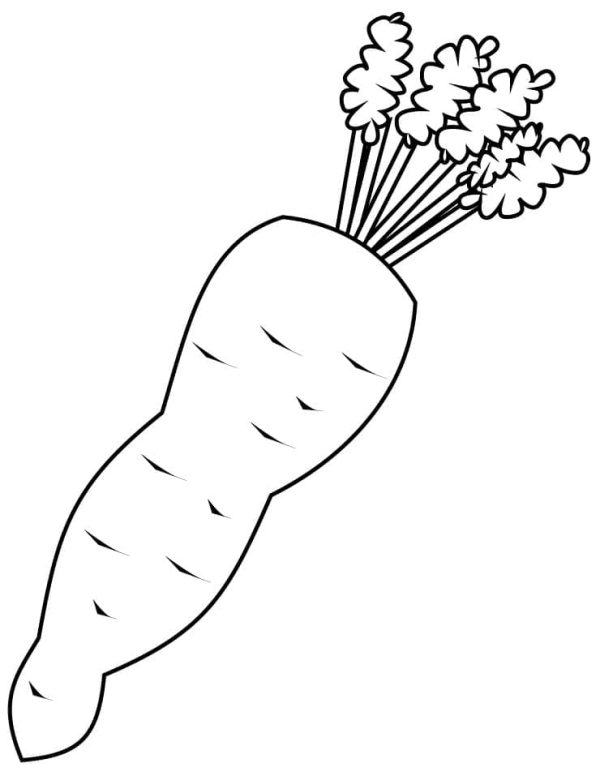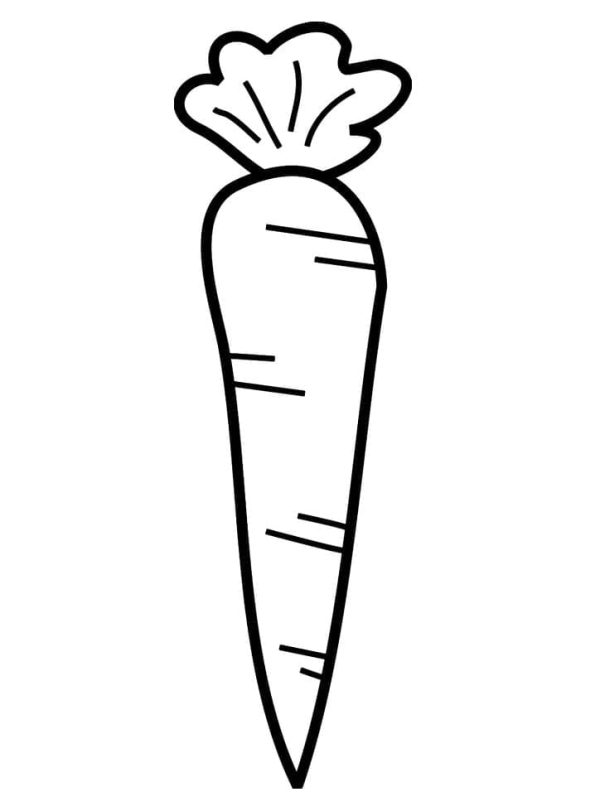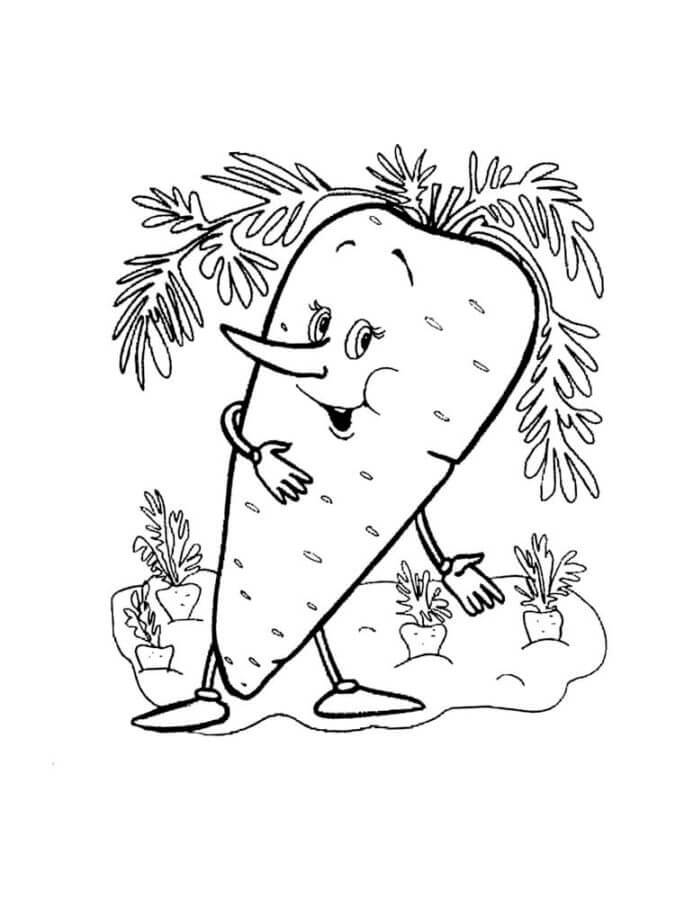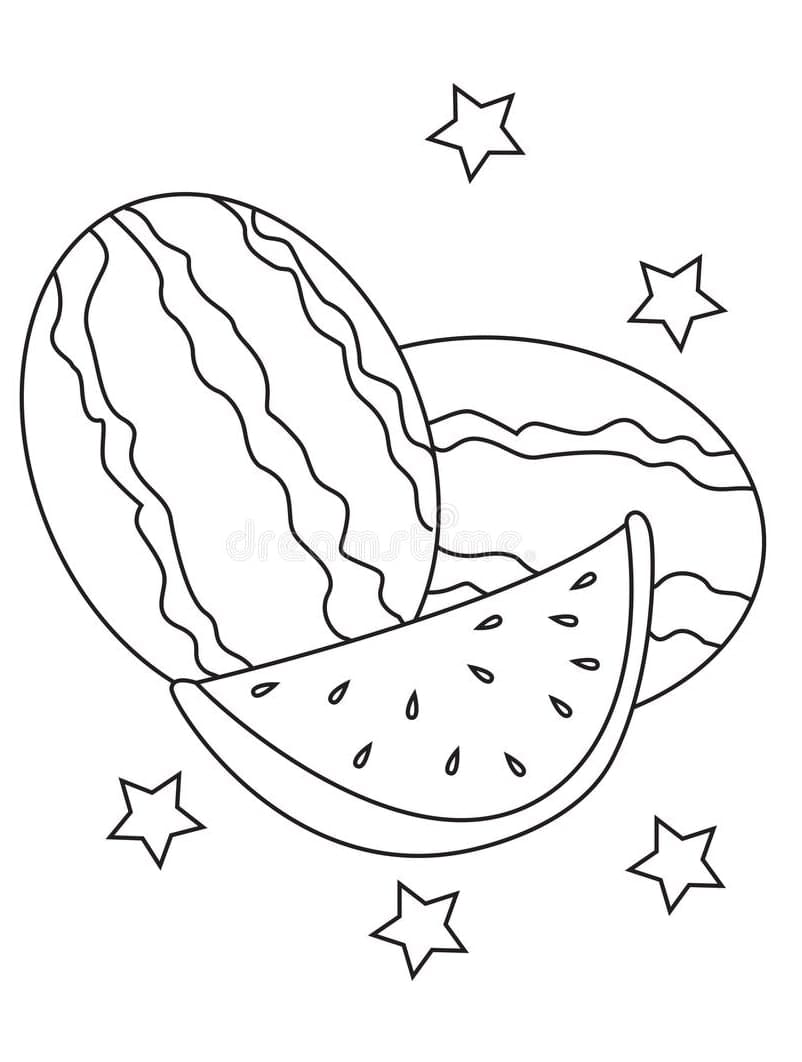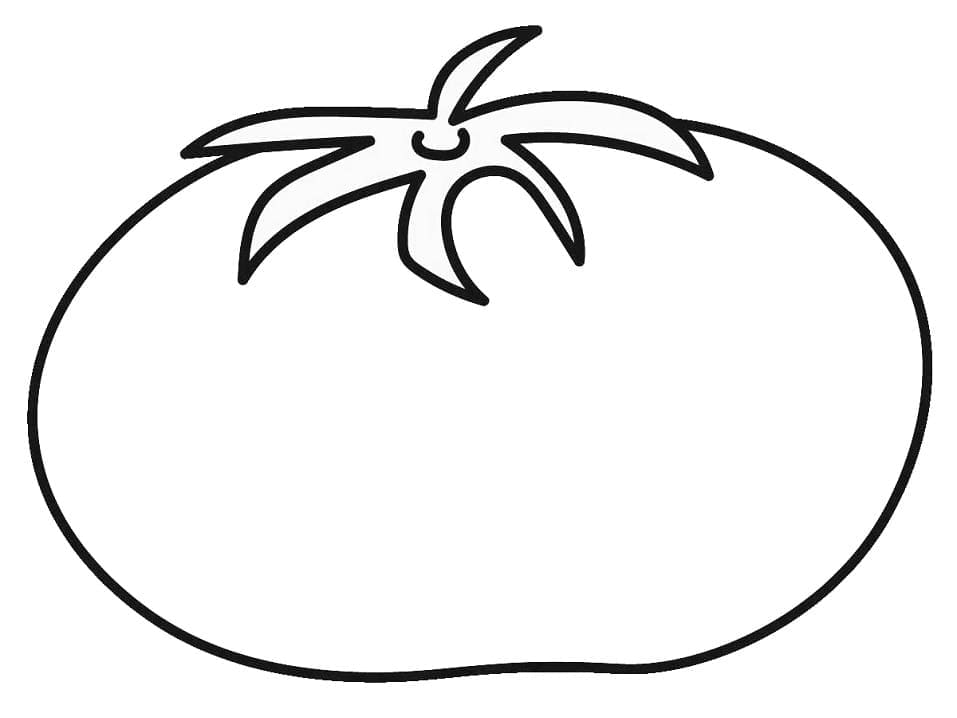Carrot Coloring pages: A Journey Through Pigments and Nutrition
Carrots coloring pages, with their vibrant orange hue, are not only a staple in kitchens worldwide but also a fascinating subject of study when it comes to their coloring pages. This humble root vegetable owes its striking color to a combination of pigments and compounds that have captivated scientists, chefs, and nutritionists alike. In this exploration of carrot coloring pages, we will delve into the science behind their vibrant appearance, the nutritional benefits associated with different colors, and how carrot pigments are used in various industries.Carrot and related fruits such as pumpkin, carrots, and peppers all have great health benefits. They are all good sources of important vitamins, minerals and fiber for the body.
The Science of Carrot Coloring pages
Carrots are primarily known for their orange color, but they can actually appear in a variety of colors, including purple, yellow, and even white. The key to this colorful diversity lies in the pigments present in the vegetable. The primary pigment responsible for the classic orange color is beta-carotene, a carotenoid. Carotenoids are natural pigments found in many fruits and vegetables, and they play a crucial role in photosynthesis and as antioxidants in plants.
Beta-carotene is a fat-soluble compound that belongs to the carotenoid family. It absorbs light in the blue and green part of the electromagnetic spectrum, reflecting the longer wavelengths in the red and orange range, which gives carrots their characteristic color. This phenomenon is not only visually appealing but also vital for the plant’s survival, as it helps in attracting pollinators like bees and butterflies.
In addition to beta-carotene, carrots also contain other carotenoids like alpha-carotene and lutein, which contribute to their overall color palette. These pigments, while not as prevalent as beta-carotene, add complexity to the carrot’s appearance and offer a range of potential health benefits.
Nutritional Value of Carrot Colors:
The color of a carrot can provide valuable insights into its nutritional content. While orange carrots are the most common and well-known, other colors are gaining popularity for their unique health benefits.
1. Orange Carrots coloring pages: These are the most widely consumed and are particularly rich in beta-carotene, which is converted into vitamin A in the body. Vitamin A is essential for maintaining good vision, a healthy immune system, and proper functioning of various organs. Orange carrots also provide a significant source of antioxidants, helping to combat oxidative stress in the body.
2. Purple Carrots coloring pages: The deep purple color of these carrots is due to the presence of anthocyanins, which are powerful antioxidants with potential anti-inflammatory properties. Consuming purple carrots may contribute to improved cardiovascular health and reduced risk of chronic diseases.
3. Yellow Carrots coloring pages: Yellow carrots contain xanthophylls like lutein and zeaxanthin, which are important for eye health and may help protect against age-related macular degeneration and cataracts.
4. White Carrots coloring pages: White carrots lack pigments, which means they do not contain carotenoids like beta-carotene. However, they are still a good source of fiber and other essential nutrients, making them a valuable addition to a balanced diet.
Applications of Carrot Pigments:
Carrot pigments have applications beyond the culinary world. Their vibrant colors are used in various industries, ranging from food to cosmetics.
1. Food Coloring pages: Carrot extracts are commonly used as natural food colorings. Beta-carotene, in particular, is employed to add color to a wide range of products, from beverages and soups to snacks and desserts. These natural colorings are preferred by consumers seeking clean label products without synthetic additives.
2. Cosmetics: Carrot pigments, especially beta-carotene, are used in cosmetics and skincare products. The antioxidant properties of beta-carotene make it a popular ingredient in anti-aging creams and lotions, as it can help protect the skin from damage caused by free radicals.
3. Dyes and Textiles: Carrot pigments have been explored as natural dyes for textiles. While they may not be as stable as synthetic dyes, they offer an eco-friendly alternative for those looking to reduce the environmental impact of the textile industry.
4. Pharmaceuticals: Carotenoids from carrots have been studied for their potential health benefits and applications in pharmaceuticals. They are being investigated for their role in cancer prevention and as dietary supplements for various health conditions.
All these beautiful, amazing coloring pages are provided by fantastickidstoys which are great for kids to learn and color.
In conclusion, the vibrant coloring pages of carrots is a testament to the intricate chemistry that occurs in nature. The pigments responsible for their diverse hues not only make carrots visually appealing but also provide a range of health benefits. From the classic orange carrot packed with beta-carotene to the antioxidant-rich purple and yellow varieties, each color offers a unique nutritional profile. Additionally, carrot pigments find applications in various industries, from food to cosmetics and even pharmaceuticals, showcasing their versatility and importance beyond the dinner plate. So, the next time you enjoy a crisp carrot, remember that its color is not just a feast for the eyes but also a treasure trove of nutrients and potential applications.


